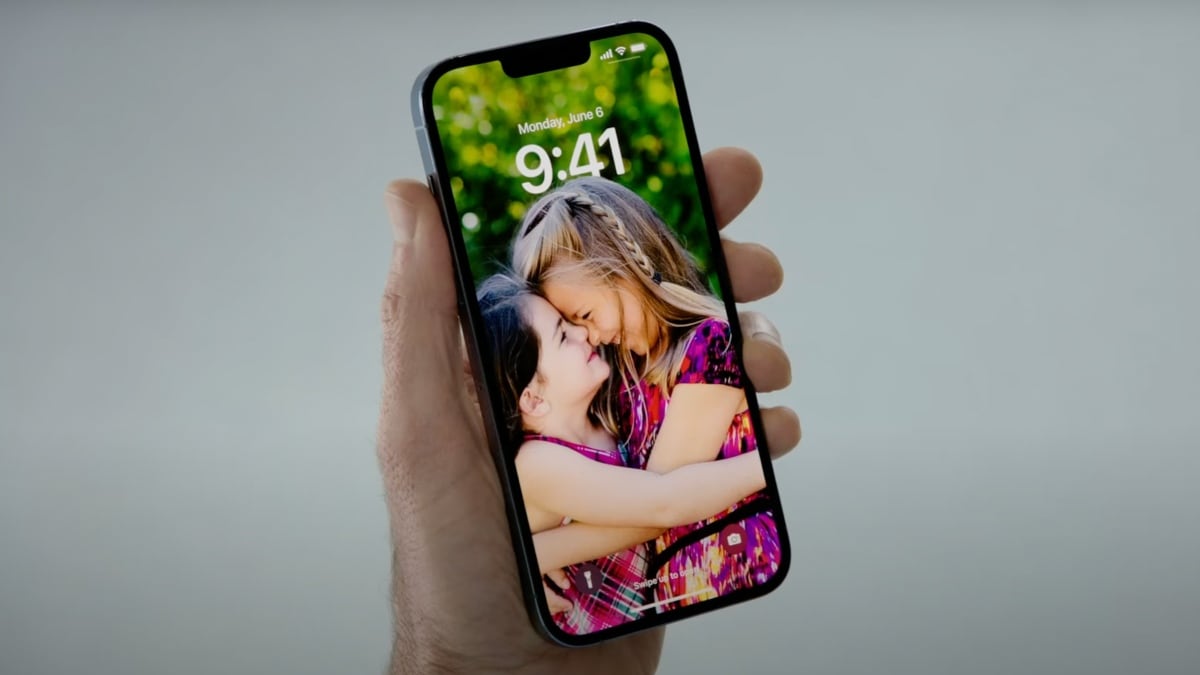iOS 16 will not make its way to the iPhone models that are older than the iPhone 8, Apple has confirmed following the announcement of its new iOS release. This simply means that if you have an iPhone 7, iPhone 6s, or the original iPhone SE, you will not be able to experience iOS 16. Similarly, Apple has silently removed the Apple Watch Series 8 from the list of compatible Apple Watch models for watchOS 9. Both the new iOS and watchOS releases — alongside iPadOS 16 and macOS 13 Ventura — will be available for testing under public betas in July and will be released as free software updates for eligible hardware later this year.
As mentioned on the iOS 16 Preview site, the new software is not compatible with the iPhone 6s, iPhone 6s Plus, iPhone 7, iPhone 7 Plus, and the original iPhone SE. The list of compatible models for the iOS 16 update, instead, starts with the iPhone 8 and iPhone SE (2020). The iPhone 8, which debuted in 2017, is the oldest model in the list of eligible devices for iOS 16.
The iPhone 6s series was launched back in 2015, while the iPhone 7 models and the iPhone SE came in 2016.
However, despite being dated, all these models received iOS 15 last year. This is unlike how various Android smartphone makers treat their existing users as they often pull software update support for their older models. Nevertheless, companies including Google and Samsung have started making a change on that front by promising to seed software upgrades for up to four years and security updates for up to five years to their select models.
The list of devices that are ineligible to receive iOS 16 also includes the iPod touch (7th generation) — the last-generation iPod. The iPod touch (7th generation) debuted relatively later in May 2019.
Similar to the iOS update, Apple has confirmed on its website that the Apple Watch Series 3 will not receive the watchOS 9 update. The particular model was launched in 2017 and received watchOS 8 last year.
With the Apple Watch Series 3 becoming ineligible for the update, the Apple Watch Series 4 has become the oldest model in the Apple Watch family to receive watchOS 9.
If you own any of the dated Apple devices, you are now forced by the Cupertino company to upgrade to a newer hardware to get the latest software experience. But nonetheless, Apple is expected to continue to provide security updates to some of the devices that are ineligible to receive the latest software.
Separately, Apple announced at its WWDC 2022 keynote on Monday that public beta releases of iOS 16, iPadOS 16, watchOS 9, and macOS Ventura will be available to users for testing in July. Exact release dates are yet to be revealed, though.
Before giving the new software versions as public betas, Apple has released its new iOS, iPadOS, watchOS, and macOS Ventura for developers who have signed up for the Apple Developer Program. The company has brought the first developer preview tvOS 9, without any pomp and show.
Check out our Latest News and Follow us at Facebook
Original Source

